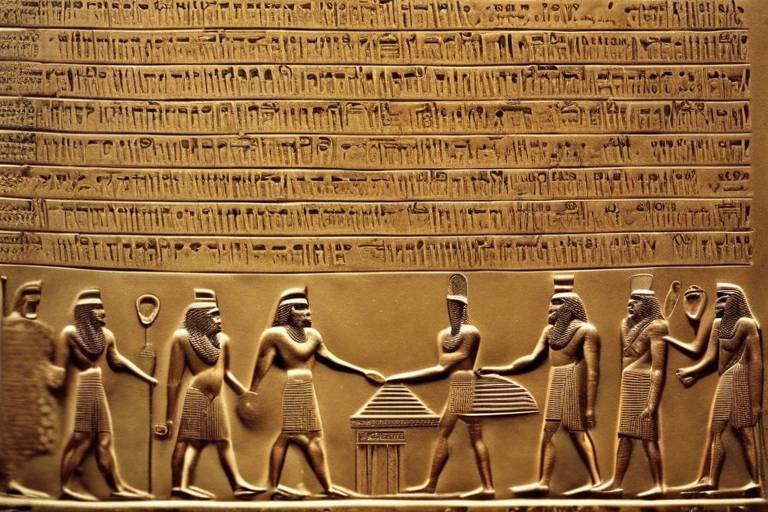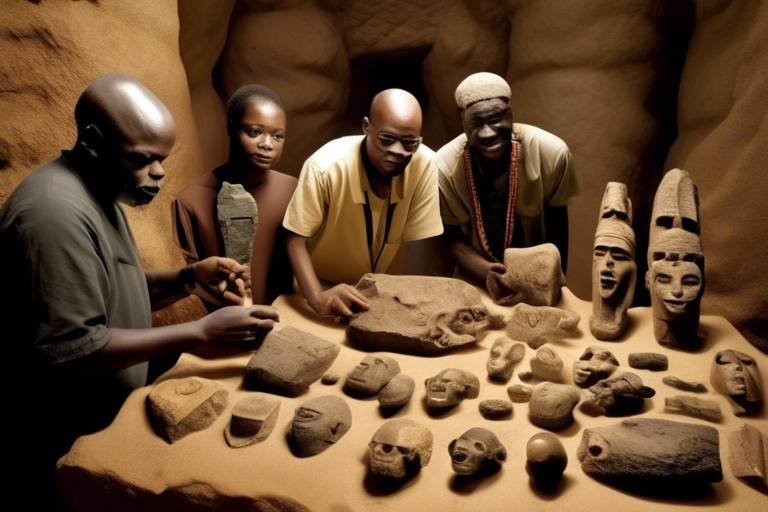The Secrets of the Stonehenge Alignment
The Stonehenge Alignment has long been shrouded in mystery and intrigue, captivating the minds of historians, archaeologists, and astronomers alike. This ancient monument, located in Wiltshire, England, has puzzled experts for centuries with its precise alignment and intricate construction.
Constructed using massive stones, some weighing up to 25 tons, Stonehenge is believed to have been built over 4,000 years ago. The methods and tools used by ancient civilizations to transport and erect these colossal stones continue to baffle researchers to this day.
Various theories have emerged regarding the purpose of Stonehenge, ranging from religious ceremonies to astronomical observations. Some believe that the alignment of the stones corresponds to significant celestial events, suggesting that Stonehenge served as an ancient observatory for tracking the movements of the sun, moon, and stars.
Debates persist as to whether Stonehenge was primarily a sacred site or a burial ground. The presence of human remains near the monument has led to speculation about its role in ancient funerary practices and rituals.
The connection between Stonehenge and the Druids, a group of ancient Celtic priests, adds another layer of mystery to its history. The Druids are often associated with mystical and spiritual beliefs, leading some to believe that they played a significant role in the construction and use of Stonehenge.
In the modern world, Stonehenge continues to hold cultural and touristic significance, attracting visitors from around the globe. Its enigmatic aura and historical importance make it a must-visit destination for those intrigued by ancient mysteries and archaeological wonders.
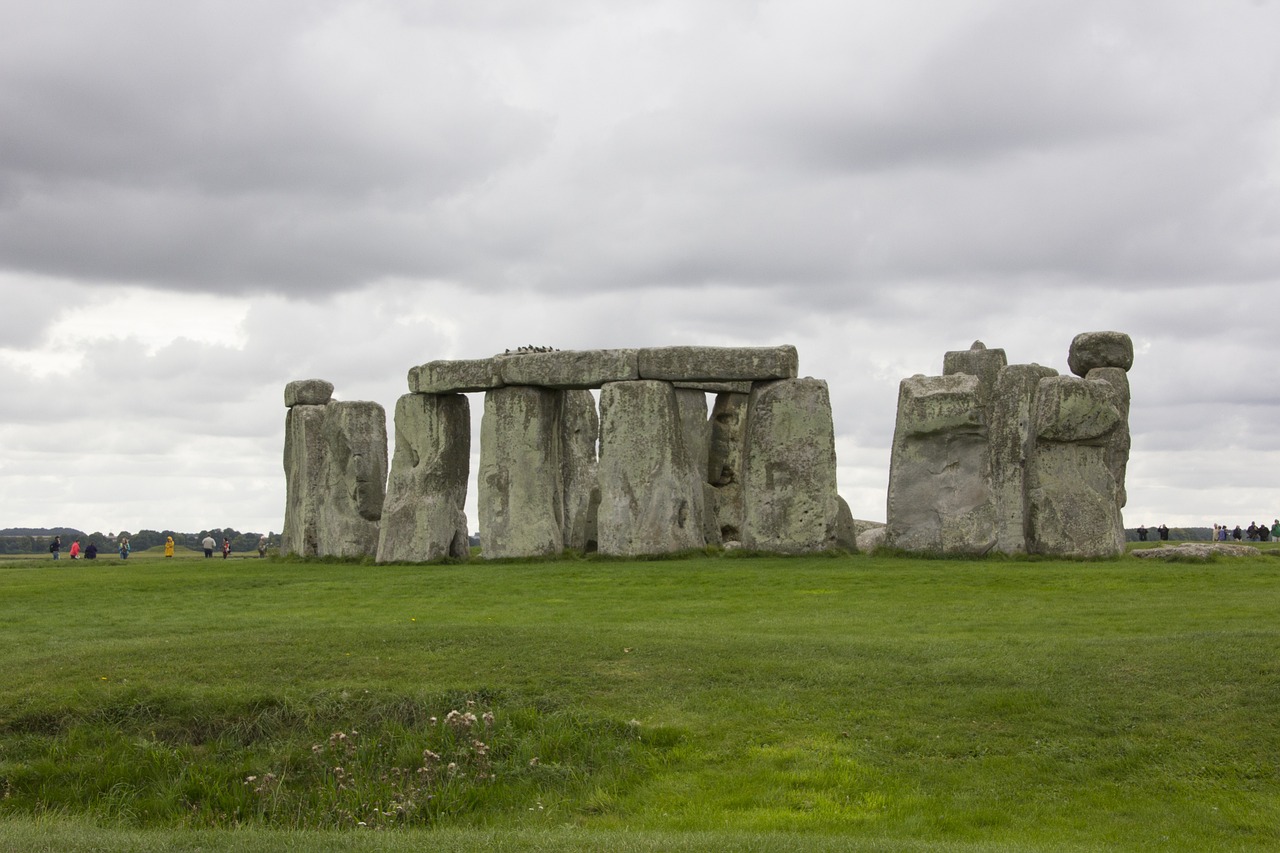
The Construction of Stonehenge
Stonehenge, a mystical and enigmatic monument shrouded in mystery, continues to captivate the imagination of people worldwide. Its ancient alignment has puzzled historians, archaeologists, and astronomers for centuries, sparking numerous theories and speculations about its construction and purpose.
When delving into the construction of Stonehenge, one cannot help but marvel at the ingenuity and skill of the ancient builders. Using primitive tools and sheer determination, they managed to transport massive stones over long distances and erect them with astonishing precision. The process involved careful planning, organization, and a deep understanding of engineering principles.
The stones, some weighing up to 25 tons, were quarried and transported from great distances, leading to questions about how such a feat was accomplished without modern technology. Theories suggest the use of sledges, ropes, and manpower to move the stones, showcasing the resourcefulness of our ancestors.
Furthermore, the arrangement of the stones in precise formations indicates a sophisticated knowledge of geometry and astronomy. The alignment of Stonehenge with celestial bodies adds another layer of complexity to its construction, hinting at a deeper connection to the cosmos.
1. What is the significance of the Stonehenge alignment?
2. How were the stones of Stonehenge transported and erected?
3. What tools were used in the construction of Stonehenge?
4. What are the main theories regarding the purpose of Stonehenge?
5. How does Stonehenge relate to ancient astronomical observations?
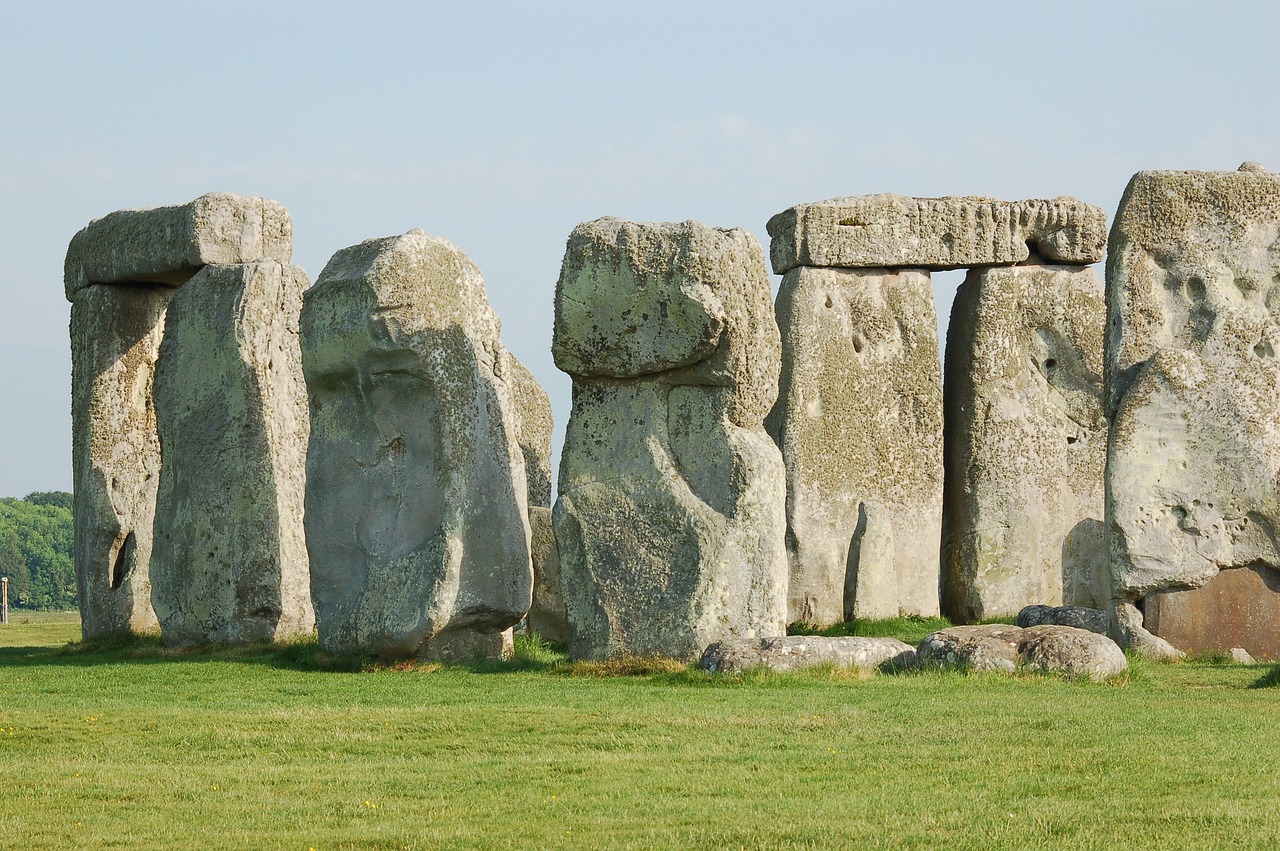
Theories on Purpose
When it comes to the purpose of Stonehenge, there is a myriad of theories that have captured the imagination of historians, archaeologists, and enthusiasts alike. One of the most prevalent theories suggests that Stonehenge served as a religious site where ancient rituals and ceremonies were conducted. The alignment of the stones with the movements of the sun and moon has led many to believe that it was a place of worship and spiritual significance.
On the other hand, some experts propose that Stonehenge was primarily an astronomical observatory. The precise positioning of the stones in relation to celestial events such as solstices and equinoxes supports this theory. It is believed that the monument was used to track the motions of the stars and planets, allowing ancient civilizations to predict seasonal changes and agricultural patterns.
Furthermore, there are theories suggesting that Stonehenge functioned as a burial ground for the elite members of society. The discovery of human remains in and around the site has fueled speculation that it served as a place of burial and commemoration for important individuals. The elaborate stone structures could have been erected as a tribute to the deceased, symbolizing their status and legacy.
Another intriguing theory proposes that Stonehenge was a site of healing and pilgrimage. Some believe that the unique energy of the stones had therapeutic properties, attracting people seeking physical and spiritual healing. The layout of the monument, with its circular design and specific alignments, may have been conducive to rituals aimed at restoring health and well-being.
Overall, the various theories on the purpose of Stonehenge highlight the complexity and mystery surrounding this ancient monument. Whether it was a place of worship, an astronomical observatory, a burial ground, or a healing center, the enigmatic nature of Stonehenge continues to fascinate and inspire generations of researchers and visitors alike.
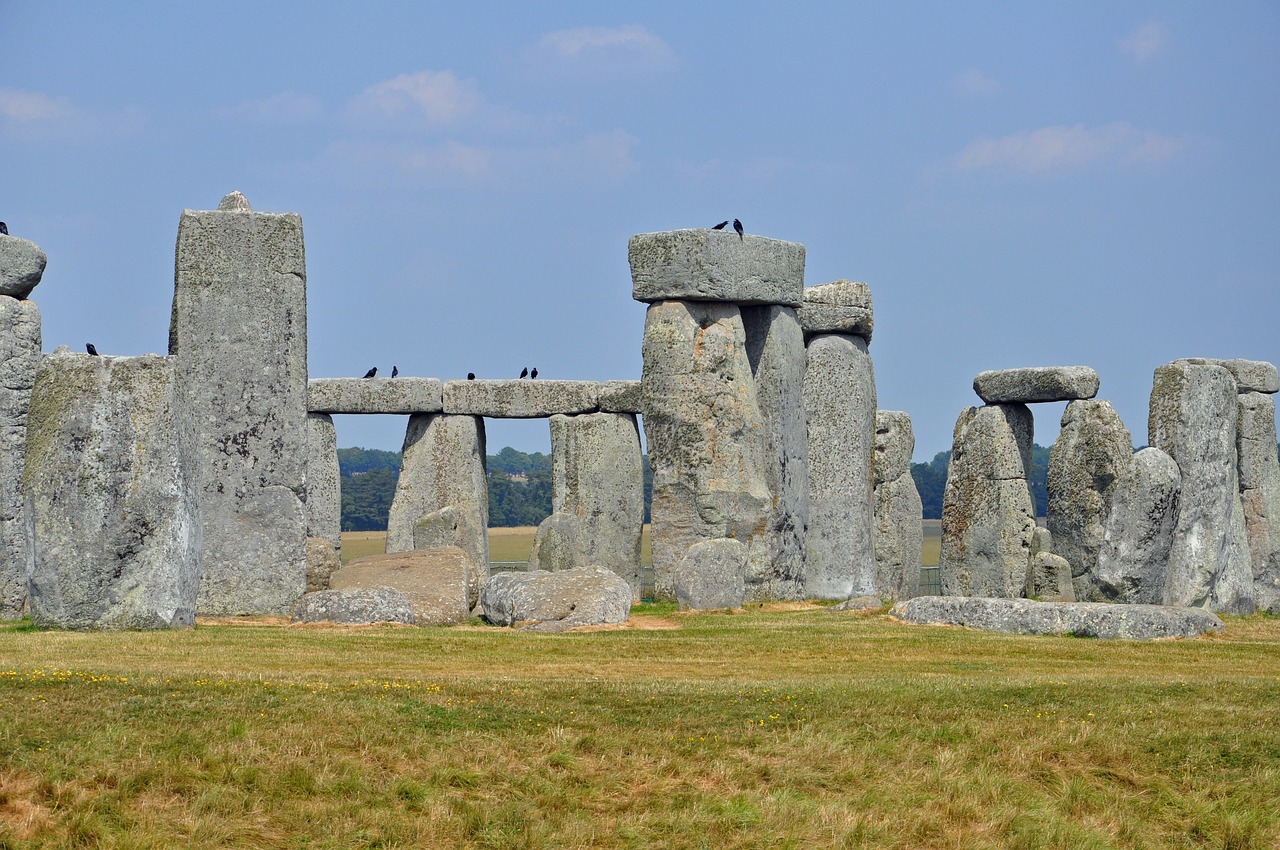
Astronomical Significance
Stonehenge, the iconic prehistoric monument shrouded in mystery, has captivated the world with its enigmatic alignment and ancient origins. This fascinating structure, located in Wiltshire, England, continues to intrigue historians, archaeologists, and astronomers alike, sparking numerous theories and speculations about its purpose and significance.
Unraveling the secrets of Stonehenge's construction reveals a remarkable feat of ancient engineering. The massive stones, some weighing up to 25 tons, were transported over long distances using primitive tools and methods, showcasing the ingenuity and skill of the builders.
Throughout history, various theories have emerged to explain the purpose of Stonehenge. From serving as a site for religious rituals and ceremonies to functioning as an astronomical observatory, the monument's significance remains a subject of debate and speculation.
One of the most compelling theories surrounding Stonehenge is its potential role as an astronomical observatory. The alignment of the stones with the movements of the sun and stars suggests a sophisticated understanding of celestial phenomena by its creators. It is believed that Stonehenge may have been used to track the solstices and equinoxes, allowing ancient civilizations to mark important dates and seasons with precision.
The debate over whether Stonehenge was primarily a sacred site or a burial ground continues to intrigue researchers. The discovery of human remains near the monument has fueled speculation about its possible use as a burial site, while the spiritual significance attributed to the location hints at its sacred nature for ancient cultures.
The association between Stonehenge and the Druids, ancient Celtic priests, adds another layer of mystery to the monument's history. While the exact role of the Druids at Stonehenge remains uncertain, their mystical and spiritual beliefs have become intertwined with the site, enhancing its enigmatic allure.
Throughout the centuries, Stonehenge has been surrounded by mystical and spiritual beliefs, attracting visitors seeking a connection to the ancient past. The monument's enduring appeal lies in its ability to evoke a sense of wonder and awe, transcending time and space.
In the modern world, Stonehenge continues to hold cultural and touristic importance, drawing visitors from around the globe to experience its mystical aura and historical significance. The site serves as a tangible link to our ancient ancestors, inviting us to ponder the mysteries of the past and marvel at the enduring legacy of this extraordinary monument.
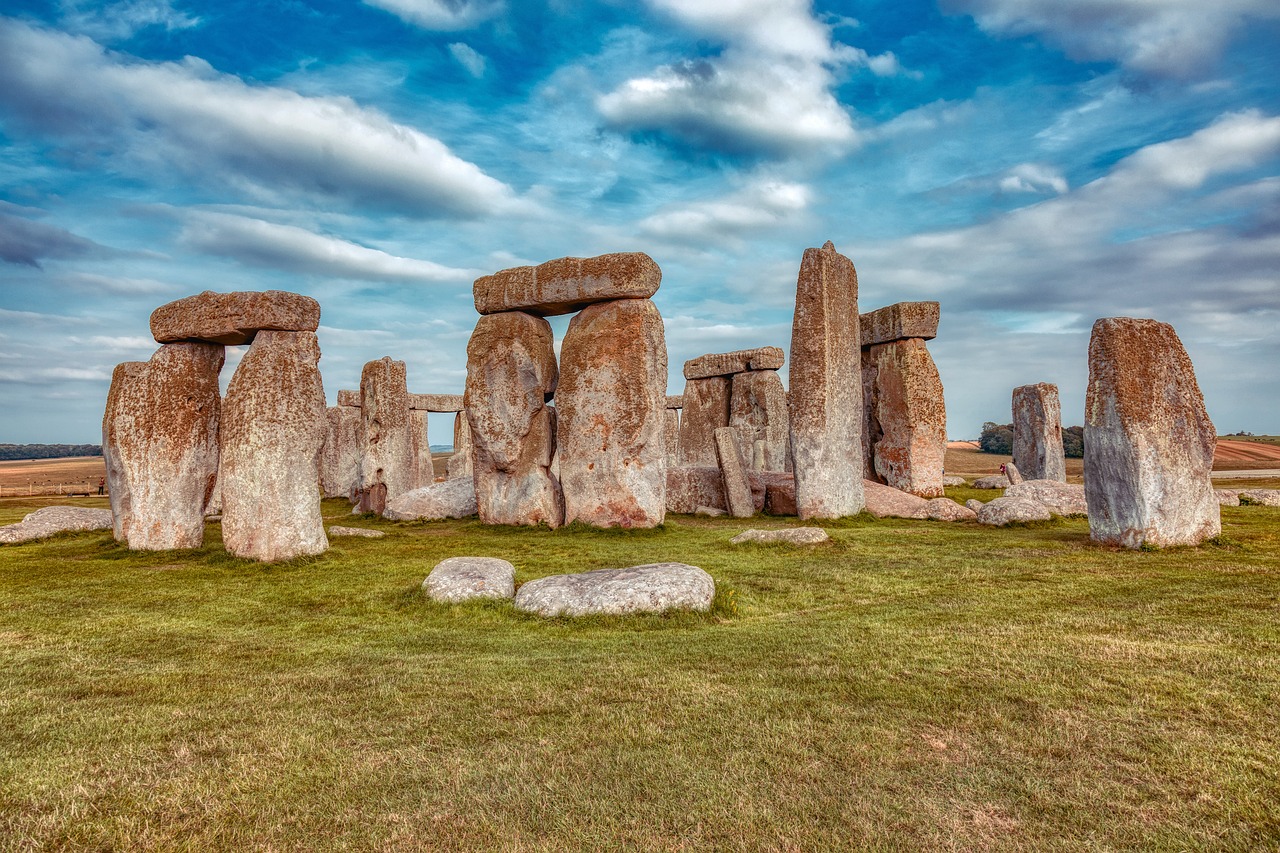
Sacred Site or Burial Ground?
When it comes to the purpose of Stonehenge, one of the most debated topics is whether it served primarily as a sacred site or a burial ground for ancient civilizations. The monumental stones and intricate layout of Stonehenge have sparked various theories and interpretations over the years, adding to its enigmatic allure.
Some researchers argue that Stonehenge was a sacred site, a place of worship and spiritual significance for ancient communities. The alignment of the stones with the movements of the sun and stars has led many to believe that it was used for religious ceremonies and rituals, possibly linked to ancient beliefs in celestial powers and deities.
On the other hand, there are proponents of the theory that Stonehenge functioned as a burial ground, where the deceased were laid to rest in a ceremonial manner. The discovery of human remains in and around the site has supported this idea, suggesting that Stonehenge may have been a place of burial and commemoration for the ancestors of those who built it.
It is also possible that Stonehenge served a dual purpose, combining elements of both a sacred site and a burial ground. The intricate design of the monument, with its alignment to significant astronomical events, could have symbolized the connection between the earthly realm and the celestial realm, reflecting the ancient beliefs of unity and harmony in the universe.
Ultimately, the question of whether Stonehenge was primarily a sacred site or a burial ground remains open to interpretation, inviting further research and exploration into the mysterious past of this iconic monument.
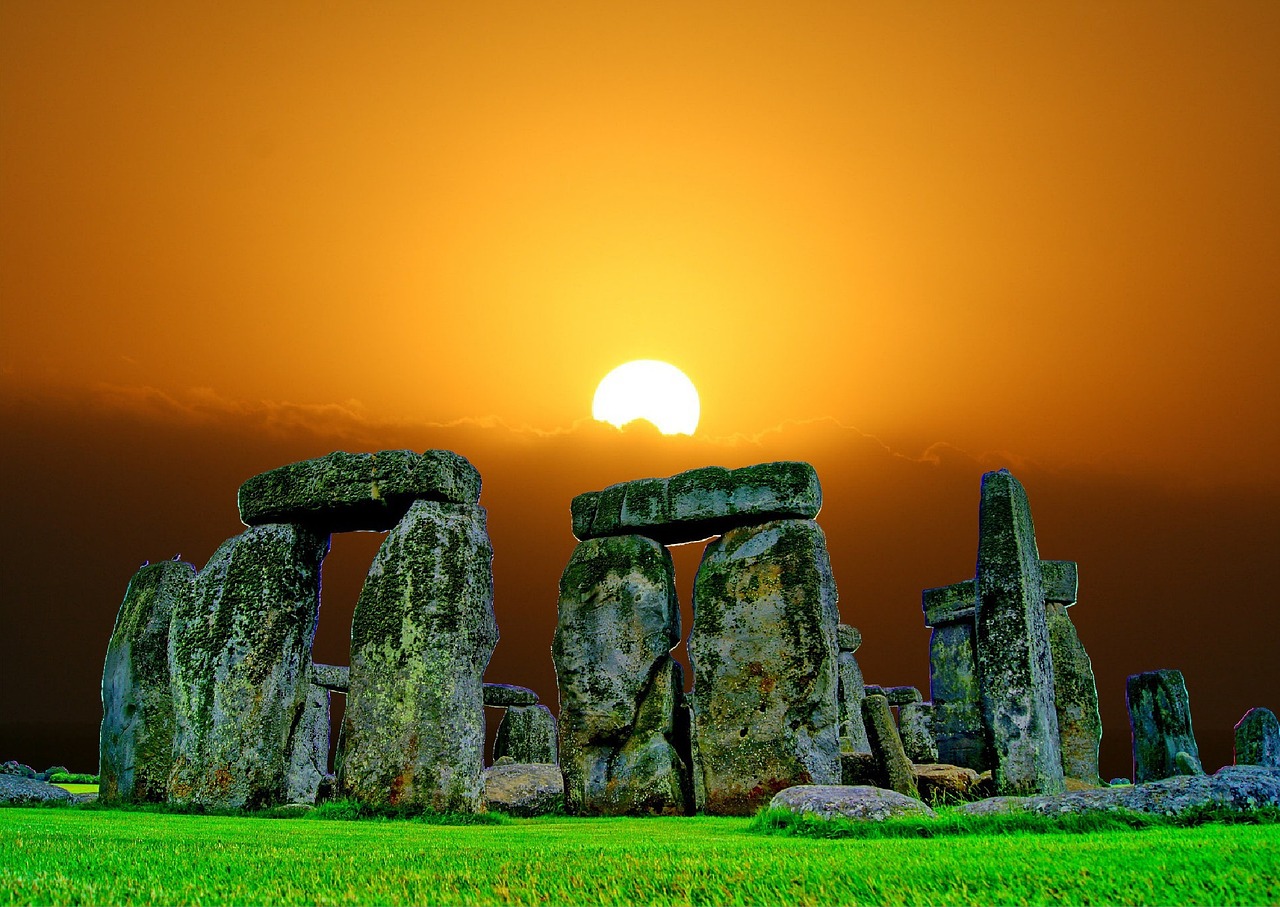
The Druid Connection
When delving into the history of Stonehenge, one cannot ignore the intriguing connection it holds with the ancient Druids. The Druids, a group of Celtic priests and scholars, have long been associated with mystical practices and rituals, often shrouded in mystery and intrigue. Some theories suggest that the Druids played a significant role in the construction and purpose of Stonehenge, adding an aura of mysticism to this already enigmatic monument.

Mystical and Spiritual Beliefs
The construction of Stonehenge, a remarkable prehistoric monument, has puzzled archaeologists for centuries. Various theories suggest that the stones were transported using sledges and ropes, with some stones believed to have been brought from over 200 miles away. The precision of the stone placement, especially the alignment of the stones, showcases the advanced engineering skills of the ancient builders.
Stonehenge has sparked numerous theories regarding its purpose, ranging from religious ceremonies to astronomical observations. Some believe it served as a sacred site for rituals, while others argue that its alignment with celestial bodies indicates an astronomical function. The mystery surrounding its true purpose continues to captivate researchers and visitors alike.
One of the most intriguing aspects of Stonehenge is its potential use as an astronomical observatory. The alignment of certain stones with the solstices and equinoxes suggests a deep understanding of celestial movements by its builders. This alignment not only showcases their astronomical knowledge but also highlights the importance of celestial events in ancient cultures.
The debate over whether Stonehenge was primarily a sacred site or a burial ground remains unresolved. While some evidence points to burial practices at the site, the spiritual significance attributed to the monument by various cultures suggests a deeper, mystical purpose. The dual nature of Stonehenge as both a place of reverence and remembrance adds to its enigmatic allure.
Connections between Stonehenge and the Druids, a Celtic priestly class, have long been a subject of fascination. While the exact role of the Druids in Stonehenge's history is uncertain, their mystical practices and reverence for nature align with the spiritual aura surrounding the monument. The Druids' potential involvement in rituals at Stonehenge adds another layer of mystery to its ancient past.
Throughout history, Stonehenge has been steeped in mystical and spiritual beliefs. Some view it as a place of energy convergence, where ley lines intersect to create a powerful force field. Others attribute healing properties to the stones, believing that they possess unique energies that can enhance spiritual well-being. The enduring allure of Stonehenge lies in its ability to evoke awe and contemplation, drawing visitors seeking a connection to the ancient mysteries it holds.
In the modern world, Stonehenge continues to hold cultural and touristic importance. It stands as a symbol of ancient ingenuity and human achievement, attracting visitors from around the globe. The site's preservation and ongoing research contribute to our understanding of ancient civilizations and their relationship with the cosmos. Stonehenge remains a timeless enigma, inviting exploration and interpretation for generations to come.
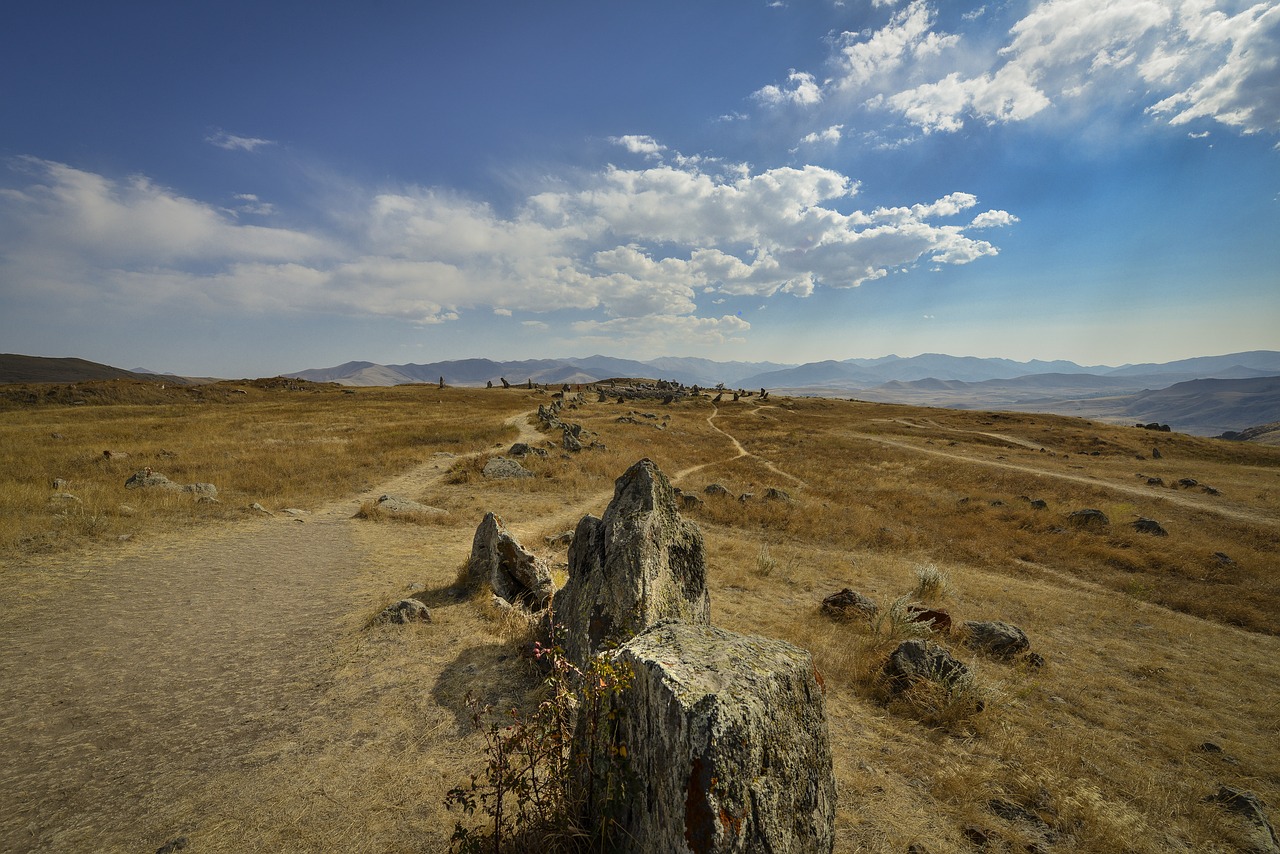
Modern-Day Significance
Stonehenge, a marvel of ancient engineering, continues to captivate the world with its mysterious alignment and massive stone structures. The construction of this iconic prehistoric monument remains a subject of fascination and debate among historians and archaeologists. Imagine the sheer determination and ingenuity required to transport and erect these colossal stones without modern machinery.
Throughout history, numerous theories have emerged regarding the purpose of Stonehenge. Some believe it served as a sacred site for religious rituals, while others suggest it functioned as an astronomical observatory, aligning with celestial events. The enigmatic nature of Stonehenge sparks curiosity and invites us to unravel its ancient mysteries.
One of the prevailing theories surrounding Stonehenge is its potential role as an astronomical observatory. The alignment of certain stones with the movements of the sun and moon indicates a sophisticated understanding of celestial bodies by its creators. Could Stonehenge have been an ancient calendar or a place of celestial worship?
The debate over whether Stonehenge primarily served as a sacred site or a burial ground reflects the diverse beliefs and practices of ancient civilizations. The presence of burial mounds nearby suggests a funerary function, while the spiritual significance attributed to the site hints at a place of reverence and ritual. Perhaps Stonehenge held multiple meanings for different purposes.
Exploring the connection between Stonehenge and the Druids unveils a rich tapestry of history and folklore. The Druids, ancient Celtic priests, are often associated with the site, adding an element of mystique and intrigue. Their possible involvement in the rituals and ceremonies at Stonehenge adds another layer of complexity to its enigmatic past.
Over the centuries, Stonehenge has been steeped in mystical and spiritual beliefs, attracting visitors seeking a connection to the ancient past. The aura of mystery surrounding the monument fuels speculation about its spiritual significance and the rituals that may have taken place within its stone circles. The allure of the unknown continues to draw seekers of spiritual enlightenment.
In the modern world, Stonehenge stands as a symbol of cultural heritage and a popular tourist destination. Its enduring appeal transcends time, attracting visitors from around the globe to witness its grandeur and ponder its secrets. The site's preservation and interpretation contribute to our understanding of ancient civilizations and their remarkable achievements.
Frequently Asked Questions
- What is the significance of the Stonehenge alignment?
The Stonehenge alignment is a mysterious phenomenon that has puzzled historians and astronomers for centuries. It is believed to have astronomical significance, possibly serving as an ancient observatory to track celestial events.
- How was Stonehenge constructed?
Stonehenge was built using primitive tools and techniques by ancient civilizations. The exact methods of construction remain a subject of debate among archaeologists, with theories ranging from the use of sledges to the involvement of advanced mathematical principles.
- What are the theories regarding the purpose of Stonehenge?
Various theories exist regarding the purpose of Stonehenge, including its use for religious rituals, astronomical observations, or as a burial ground. The monument's true purpose continues to be a topic of fascination and speculation.
- Was Stonehenge primarily a sacred site or a burial ground?
The debate over whether Stonehenge was primarily a sacred site or a burial ground is ongoing. Some believe it served as a place of worship and spiritual significance, while others argue that it was primarily used for burial ceremonies.
- What is the Druid connection to Stonehenge?
The Druids are often associated with Stonehenge due to their mystical and spiritual beliefs. While the exact nature of their connection to the monument remains unclear, it is believed that they may have played a role in its history and significance.
- Why is Stonehenge still important in modern times?
Stonehenge continues to hold cultural and touristic significance in the modern world, attracting visitors from around the globe. Its enigmatic history and unique alignment make it a symbol of ancient mysteries and human ingenuity.













